The following polar athletes always learned from their predecessors and increasingly increased the distances covered with more and more powerful power kites. Thus the Belgians Alain Hubert and Dixie Dansercoer improved the kite technique in the South Polar summer of 1997/98 on their 3,924 kilometre crossing of the continent from Queen Maud Land via the South Pole to the coast of the Ross Sea, which they prepared with scientific meticulousness. With their new, more steerable Nasawings, the two Belgians covered the second longest distance on the continent to date in just 99 days, completely self-sufficiently “in the teeth of the wind”, as they described it. They managed daily stages of up to 271 kilometres. A new era of polar travel began.
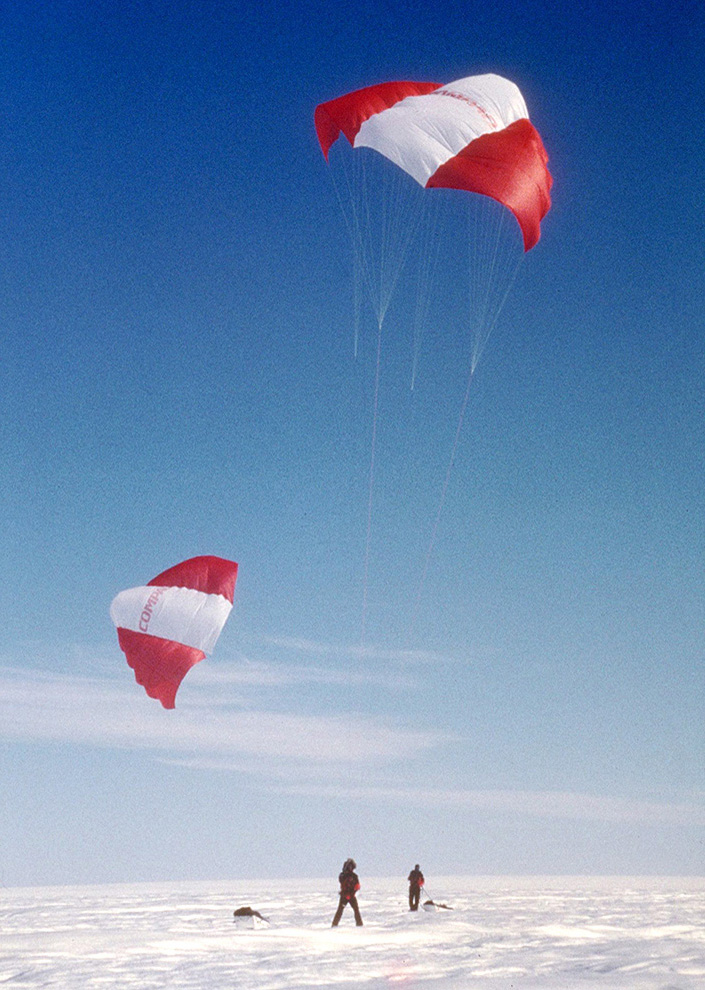
The Norwegians seem to have been born into polar skiing. Time and again they have laid great and innovative landmarks at the poles. For their full continental crossing, brothers Sjur and Simon Mørdre combined their dog sledding and snowkiting skills in 1990/91 and launched their first expedition from Berkner Island. Erling Kagge became the first skier to reach the South Pole solo and unsupported – and without a radio – on January 7, 1993. In 1994,Liv Arnesen became the first woman to ski and sled solo unsupported to the South Pole from Hercules Inlet. In 2005/06, Rune Gjeldnes covered 4,804 kilometres from Queen Maud Land to the South Pole and then along the Transantarctic Mountains to Terra Nova Bay in Victoria Land in just 90 days. So on average over 53 kilometres a day. In 2008, Ronny Finsås raced the 1,130 kilometers from the South Pole down to Hercules Inlet in just 5 days on his “Express Expedition” with a snowkite. And another major success in Antarctica also bore a Norwegian signature: In 2009/10, the Norwegian Cecilie Skog and the American Ryan Waters succeeded in crossing the continent via Berkner Island, the Ronne-Filchner Ice Shelf and the South Pole to the foot of the torn Axel Heiberg Glacier, which marks the landward beginning of the Ross Ice Shelf. Here they were picked up by a Twin Otter. With their sledges, which weighed 135 kilograms at the beginning of the journey, the two managed to cover more than 1,800 kilometres in 70 days and travelled an average of 25 kilometres per day. In doing so, they deliberately dispensed with any use of wind power and crossed the continent for the first time exclusively under their own steam. For a “full crossing” of the continent, they “only” needed to cross the Ross Ice Shelf.

Since 13 January 2011, a Norwegian has also held the “world record” on the 1,130-kilometre Hercules Inlet – South Pole ski race route: the well-trained Christian Eide also hurried to the Pole using only skis and a sled in a top time of just 24 days, 1 hour and 13 minutes – a fabulous average of over 47 kilometres a day. And in 2011/12 Aleksander Gamme ran the longest solo unsupported ski expedition to date, covering a distance of 2,260 kilometres and showing true sportsmanship: The Norwegian started from Hercules Inlet on October 29, 2011, reached the South Pole at Christmas, and returned to within a kilometer of his original starting point on January 23, 2012. Here he waited until 26 January to cross the finish line with James Castrission and Justin Jones (both AUS), who had run the same distance.
A new generation of polar adventurers is already setting out to seek their ambitious destinations at the ends of the earth, and tackling them in their own style, which captivates with technical skill and a certain lightness of being: for example, the Canadian Eric McNair-Landry, whose parents Matty McNair and Paul Landry are among the most experienced and best polar guides in the world. Growing up in Iqaluit with sled dogs, Eric and his equally polar-experienced sister Sarah McNair-Landry have been kiting since their teens and have already crossed Greenland as teenagers, mastered the infamous Northwest Passage (Fig. 14) and also set new standards at the South Pole in an almost playful manner.
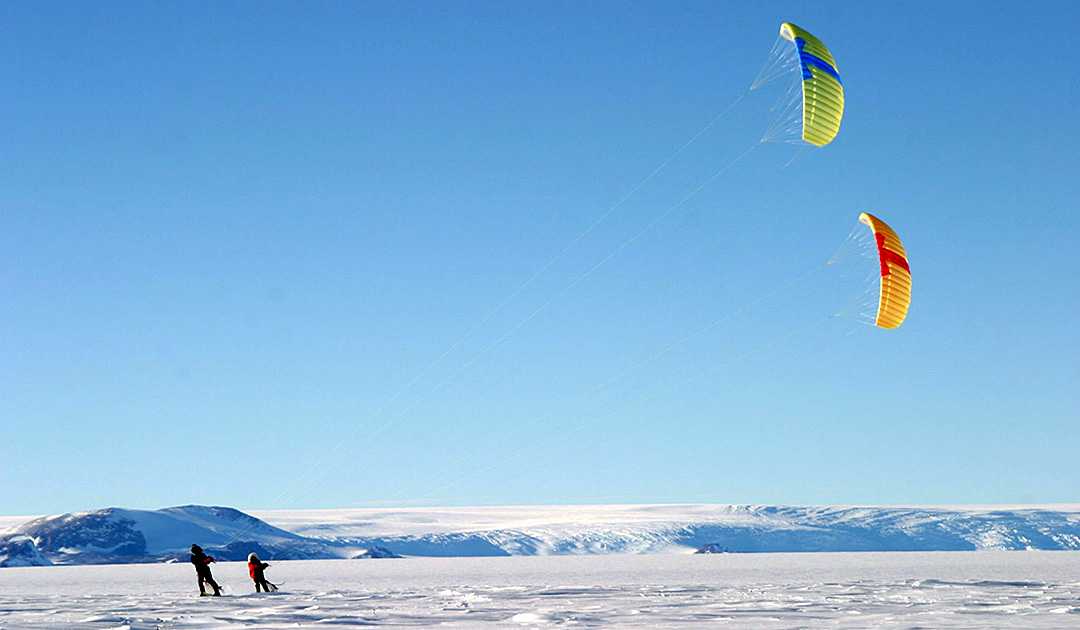
In 2011/12, Eric kited with Sebastian Copeland (USA/F) on an approximately 4,100-kilometre, 81-day double Pole crossing from East Antarctica, first via the abandoned Russian station Poljus Nedostupnosti (Inaccessibility Pole) with the legendary Lenin bust, and then on via the South Pole to West Antarctica.
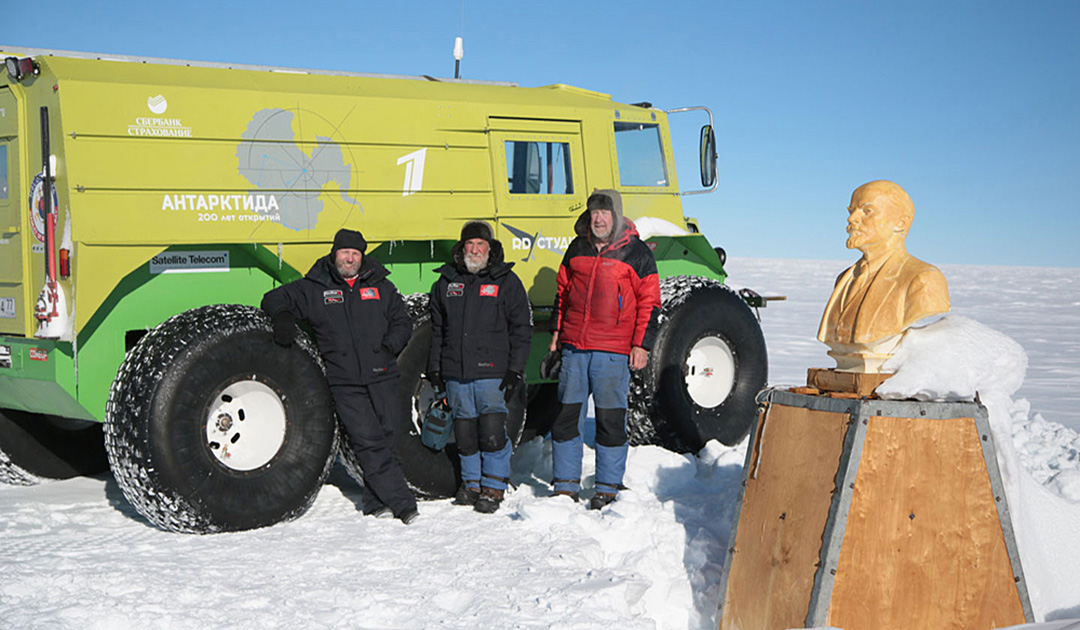
In 2016, the versatile South African extreme adventurer Mike Horn, who lives in Switzerland, decided against travelling by plane and sailed to the Princess Astrid Coast in his yacht “Pangaea” in the style of the explorers. He loaded his skis, sled and kite parachute on land and crossed Antarctica alone via the South Pole to the French polar station Dumont d’Uurville in Adélieland on the other side of the continent. He covered a distance of about 4,930 kilometers in only 57 days for his “Full Solo Snowkite Crossing”. A great triumph of true adventurous spirit, marred only somewhat by the fact that he gives an unverified distance of 5,100 kilometers. Did he perhaps only disseminate and inaccurately report this figure in order to trump the then valid world record for the longest snowkiting journey ever undertaken of 5,067 kilometres, which Michael Charavin (F) and Cornelius Strohm (D) had set two years earlier on their Full Unsupported Loop “Wings over Greenland” in Greenland?
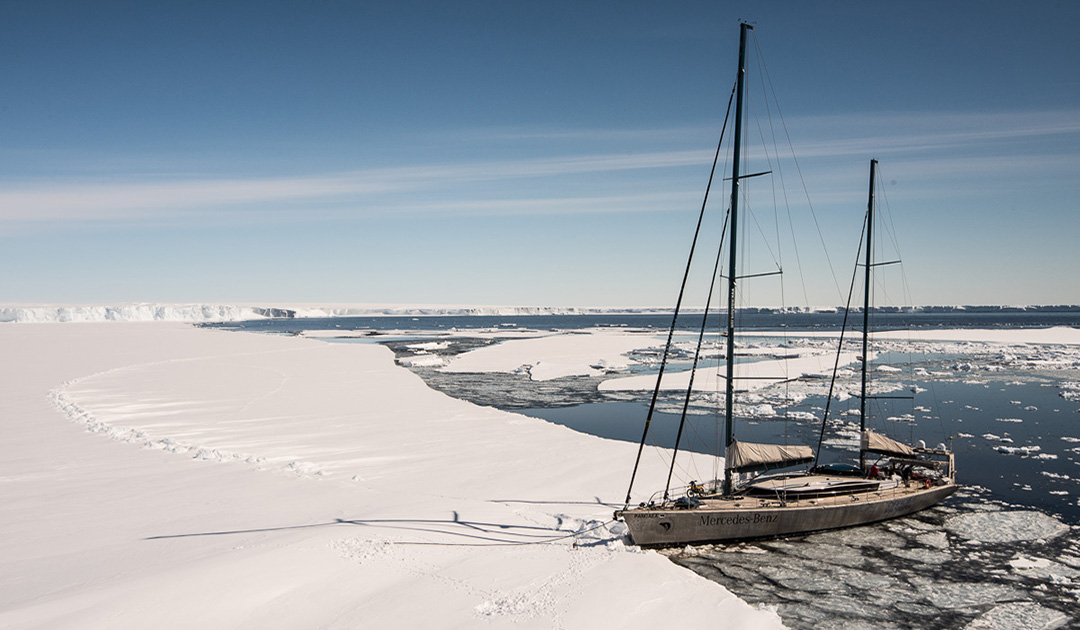
A detail on the side: The fact that Mike Horn accepted a hot meal at the South Pole finally triggered the question among hardcore purists whether he still lives up to the status of “unsupported” according to strict standards. He had, after all, assumed outside support. Or was it merely a symbol of his unbridled desire for freedom and a small token to show resistance to any kind of rules or conformity? In any case, this meal was probably not decisive for his successful passage. Amundsen and Scott would certainly have been amused by such “problems”.
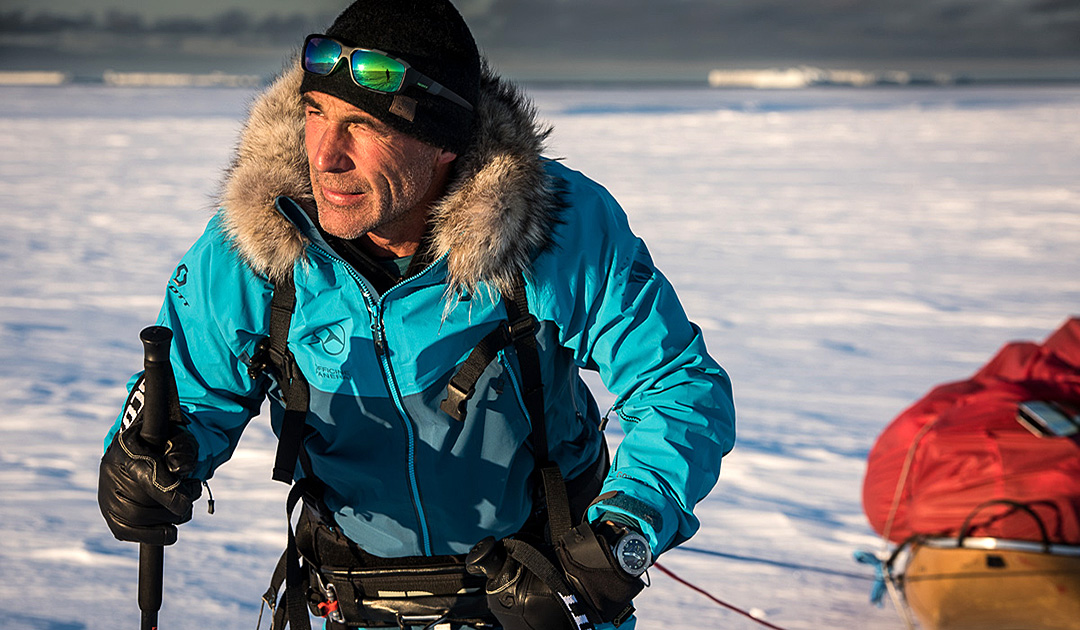
More on the subject:






